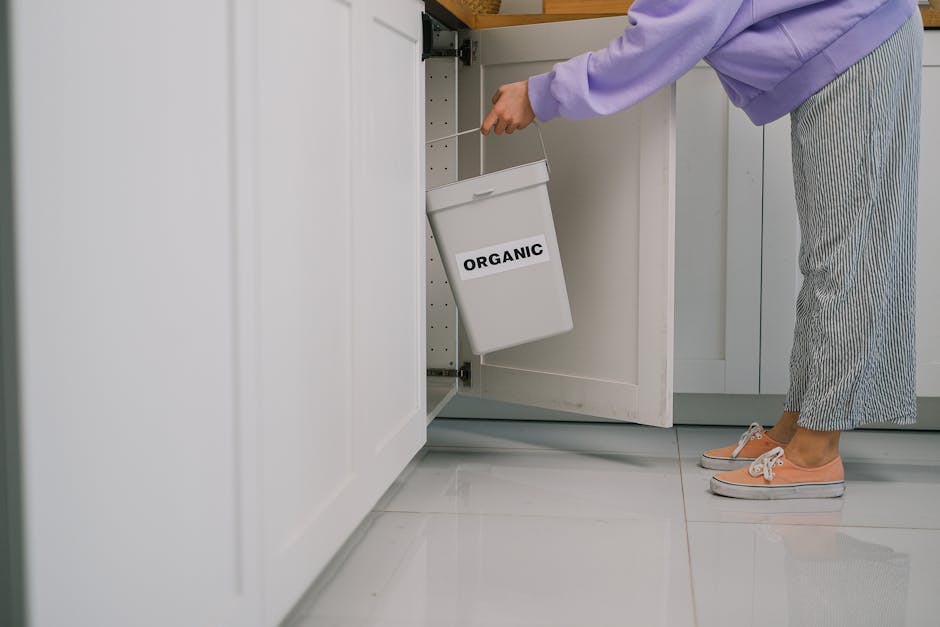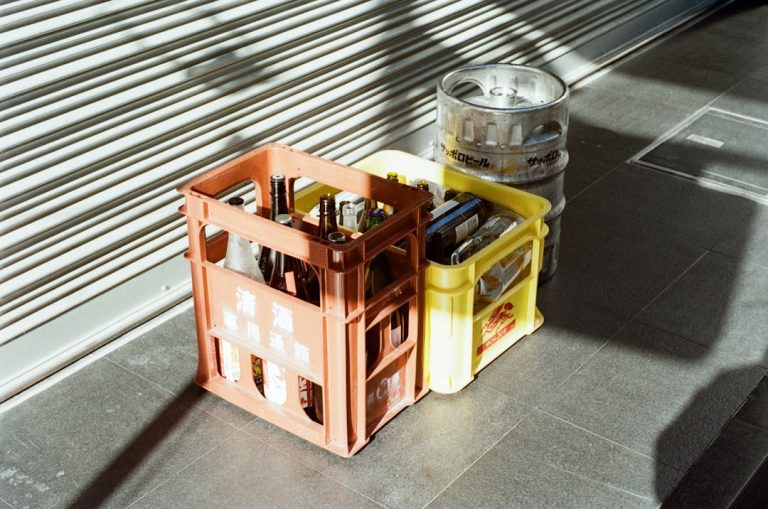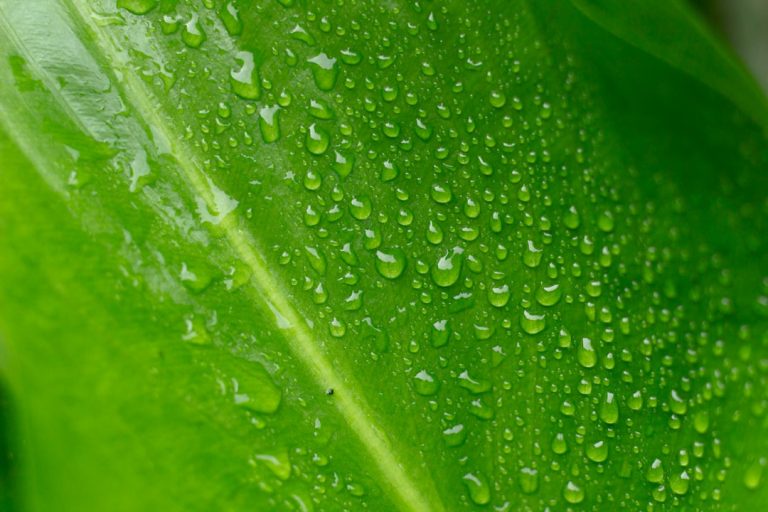My Personal Checklist for a Fully Eco-conscious Home.
My Personal Checklist for a Fully Eco-conscious Home
The journey toward a fully eco-conscious home isn’t a single leap; it’s a mindful progression of choices, habits, and improvements. For years, I’ve been dedicated to shrinking my environmental footprint, and my home has become the most significant canvas for this commitment. It’s not about perfection, but about continuous, intentional effort. What started as a few simple changes has evolved into a comprehensive lifestyle, and I’ve found that having a clear, actionable checklist makes all the difference. This isn’t just a list of ideas; it’s my personal roadmap, refined through experience, to create a living space that truly aligns with sustainable values. If you’re looking to transform your dwelling into a greener, healthier sanctuary, come along as I share the exact steps I’ve taken – and continue to take – to build a truly eco-conscious home.
Shrinking My Energy Footprint, Room by Room
When I first started envisioning my eco-conscious home, tackling energy consumption felt like the most impactful first step. It’s where much of our household’s carbon emissions originate, and where tangible savings, both environmental and financial, can be quickly realized. My checklist for energy efficiency goes beyond just turning off lights; it delves into the very infrastructure and daily operations of my home.
Auditing My Current Energy Use and Setting Baselines
Before making any changes, I performed a mini home energy audit. This involved looking at my utility bills to understand peak usage times and identifying energy vampires – devices that draw power even when turned off. Knowing where I stood allowed me to set realistic goals for reduction.
Optimizing Heating and Cooling for Maximum Efficiency
- Smart Thermostat Installation: This was a game-changer. My programmable thermostat learns my habits and adjusts temperatures automatically, saving energy when I’m away or asleep.
- Sealing Leaks and Insulating: I personally checked for drafts around windows, doors, and outlets. Caulking and weatherstripping made an immediate difference. I also ensured my attic insulation met current recommendations.
- Strategic Window Treatments: During summer, I use blackout curtains to keep heat out, and in winter, thermal curtains help retain warmth.
Embracing Energy-Efficient Appliances and Lighting
- Upgrading to LED Lighting: I systematically replaced every incandescent bulb with LEDs. They use significantly less energy and last much longer.
- Choosing Energy Star certified appliances: When it was time to replace my refrigerator, washing machine, or dishwasher, I prioritized Energy Star models. The initial investment often pays off in lower utility bills.
- Unplugging Phantom Loads: Chargers, TVs, and computers still draw power when not in use. I use power strips with on/off switches to easily cut power to multiple devices at once.
Mastering the Art of Waste-Free Living
Reducing waste is perhaps the most visible and often the most challenging aspect of creating an eco-conscious home. It forces a fundamental shift in how we consume and dispose of items. My personal checklist for waste reduction extends far beyond the recycling bin, aiming to minimize what enters my home and maximize the lifespan of what’s already here.
Implementing a Robust Recycling and Composting System
This is foundational. I’ve made sure my family understands our local recycling guidelines and have clearly labeled bins. But more importantly, I’ve embraced composting. My composting guide has taught me how to turn food scraps and yard waste into rich soil, drastically reducing our landfill contributions.
Rethinking Consumption: The Power of Reduce, Reuse, Repair
- Conscious Purchasing: Before buying anything new, I ask myself: Do I truly need this? Can I borrow it, buy it secondhand, or make it myself? This mindset is crucial for developing sustainable shopping habits.
- Embracing Reusables: This includes reusable bags, water bottles, coffee cups, food containers, and even cloth napkins instead of paper towels. It’s a simple switch with a huge collective impact.
- Repair Over Replace: I try to fix broken items before buying new ones. This means learning basic repairs or seeking out local repair shops for electronics, clothing, or furniture.
Minimizing Food Waste and Maximizing Longevity
- Meal Planning and Smart Storage: Planning meals helps me buy only what I need, and proper food storage (e.g., airtight containers, knowing where to store different produce) extends shelf life.
- Creative Leftover Use: Transforming leftovers into new meals is a fun challenge and prevents food from going to waste.
- Composting What’s Left: For unavoidable food waste (peels, scraps), the compost bin is its final, beneficial destination.
Water Wisdom: Every Drop Counts in My Home
Water scarcity is a growing concern globally, and even in areas with abundant rainfall, mindful water use is a cornerstone of an eco-conscious home. My checklist for water conservation focuses on both indoor and outdoor strategies, ensuring that this precious resource is respected and conserved.

Optimizing Indoor Water Usage
- Low-Flow Fixtures: Installing low-flow showerheads and aerators on faucets was an easy and effective upgrade. They significantly reduce water consumption without sacrificing pressure.
- Fixing Leaks Promptly: A dripping faucet or a running toilet can waste thousands of gallons annually. I make it a priority to fix any leaks immediately.
- Mindful Habits: Shorter showers, turning off the tap while brushing teeth or washing dishes, and running full loads in the dishwasher and washing machine are non-negotiable daily practices.
Smart Outdoor Water Management
- Drought-Resistant Landscaping (Xeriscaping): I’ve slowly transitioned my garden to native, drought-tolerant plants that require minimal irrigation once established.
- Rainwater Harvesting: A simple rain barrel collects water from my gutters, which I then use for watering plants. For larger needs, exploring rainwater harvesting systems is on my long-term list.
- Efficient Irrigation: If I do irrigate, I use drip systems or soaker hoses, which deliver water directly to plant roots with minimal evaporation, unlike sprinklers.
Curating a Healthier, Greener Home Environment
An eco-conscious home isn’t just about what goes out; it’s also about what comes in and what we breathe. My checklist includes steps to ensure the products I use and the air I breathe contribute to a truly healthy living space, free from harmful chemicals and toxins.
Choosing Non-Toxic and Sustainable Products
- Eco-Friendly Cleaning Products: I’ve replaced harsh chemical cleaners with natural alternatives, often homemade






